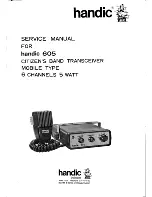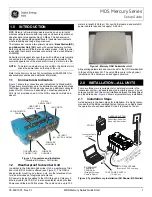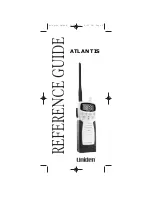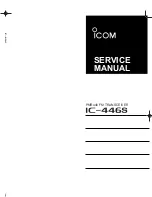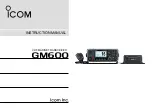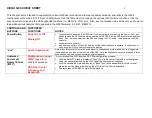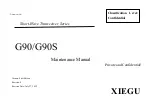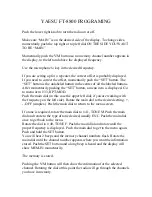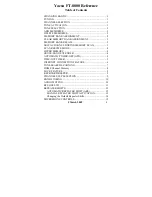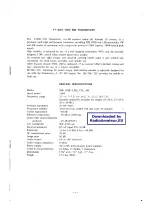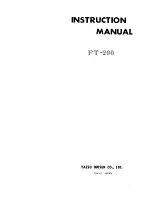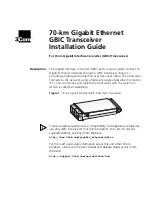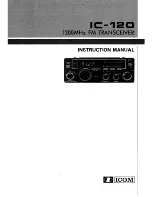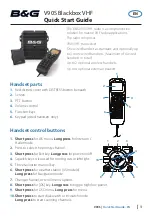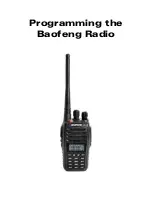
• The digit readout is a clock, with AM and PM indication. This readout also shows how many
Echo transceivers and/or 1-way transmitters can operate the system.
• The “DISARM” will also show “ARM”; this indicates the Armed or Disarmed status of the system.
Neither icon is present when the system is in Valet Mode.
• The locked or unlocked padlock (windshield) reflects the true locked or unlocked status of the doors
(certain programmable features can automatically arm the system, but not lock the doors). Arm-
ing with the transmitter/transceiver always locks the doors; disarming with the transmitter/
transceiver will unlock the doors unless the system is activated and sounding.
• “VALET” indicates Alarm Valet Mode, replacing the “ARM” or “DISARM” icons. A musical tone
occurs when placing the system into Alarm Valet Mode.
The 5th Button:
The Echo transceiver has a fifth button, not found on the 1-way transmitter,
which is the “Programming” button. In regular use, pressing and releasing this button will illuminate
the Echo’s LCD screen for 10 seconds. In other use, the Programming button is used to change several
customizing features found in the Echo.
Echo Remote Transceiver
Icons:
The LCD screen on the remote
transceiver has various icons which
indicate system status (all are seen in the
view at right). When the remote
transceiver is used to operate the system,
it receives back a signal which causes it to
display the appropriate icons, in addition
to chirping (emulating the siren). Brief
descriptions of each of these icons are:
• If the “MUTE” vibrating operation is selected, turning off the chirps, the remote starting melodies
are also replaced by vibration.
• The previous also applies to the musical melodies when programming- if the Echo is configured
for “MUTE” operation (vibrates instead chirping), then in programming it will not play the musi-
cal melodies. Instead, it vibrates when the remote starting Start Melody and Stop Melody are
accessed for programming.
Other Omega Echo Notes:
• The system will only transmit a signal to the Echo transceiver if the Echo was last used to operate
the system (as in Arming, Disarming, etc). Example: if the 1-way transmitter is used to Arm the
system, the system will not transmit a signal which will cause the Echo to chirp and change its
icons.
• If multiple Echo transceivers are programmed to operate the system, the system will send its signal
to only one transceiver- the last one used.
• When the Omega MAX system does send a signal to the Echo transceiver, a few seconds is needed
for this “handshake” to occur. If the system is operated in a rapid fashion, as in quickly repeating
Arm and Disarm cycles, the Echo will not have time to receive the signal from the system, and
therefore it will stop responding and reporting the system’s status. Normally operating the system
corrects this symptom.
• A final point to remember is that the Echo transceiver cannot receive a signal from the Omega
MAX system while it itself is transmitting. For normal operations, the Echo’s buttons are pressed
and released. Even when “Panic” is operated, the Echo button should be released as soon as
“Panic” engages. Otherwise, the Echo cannot receive the signal from the system.








